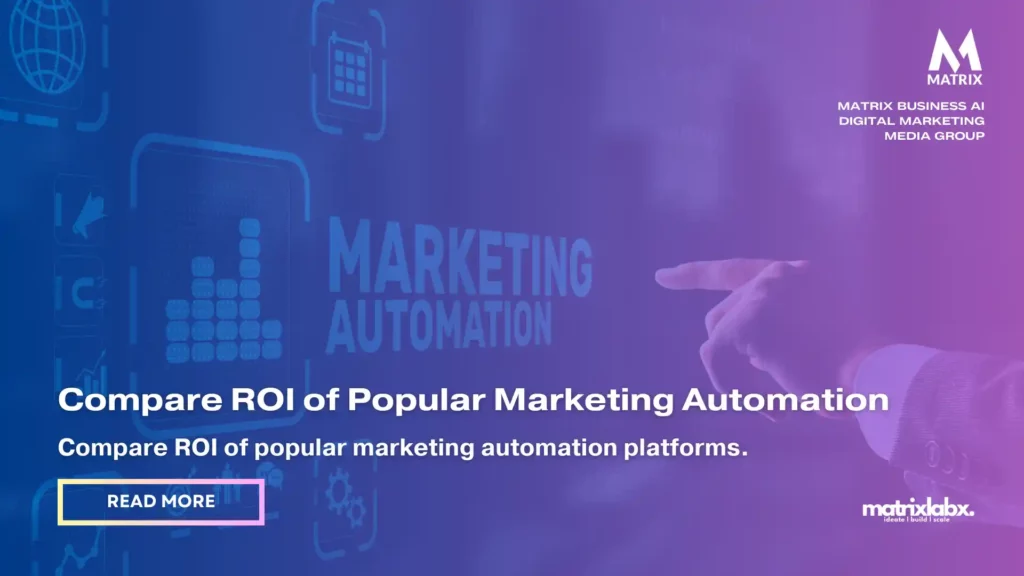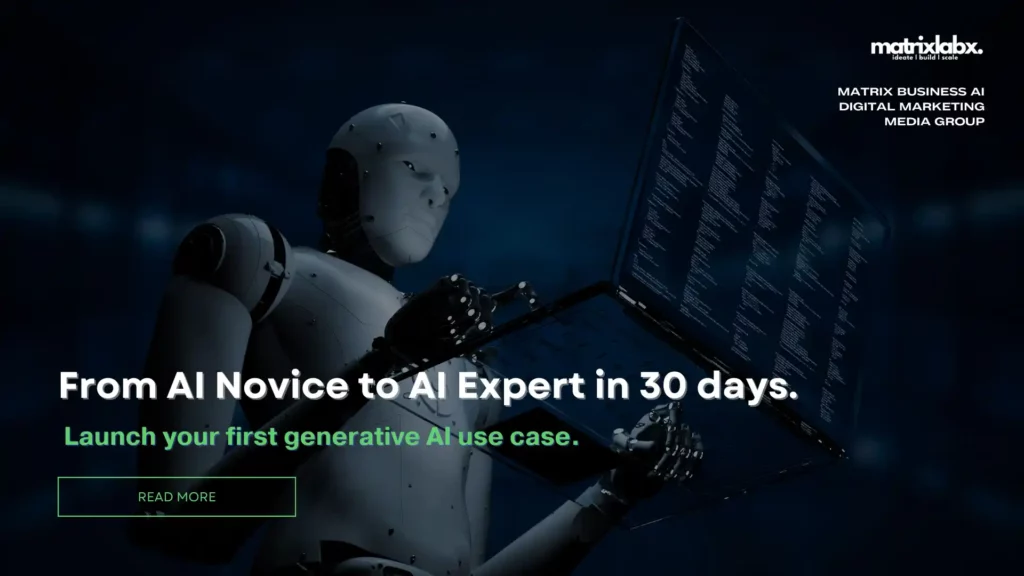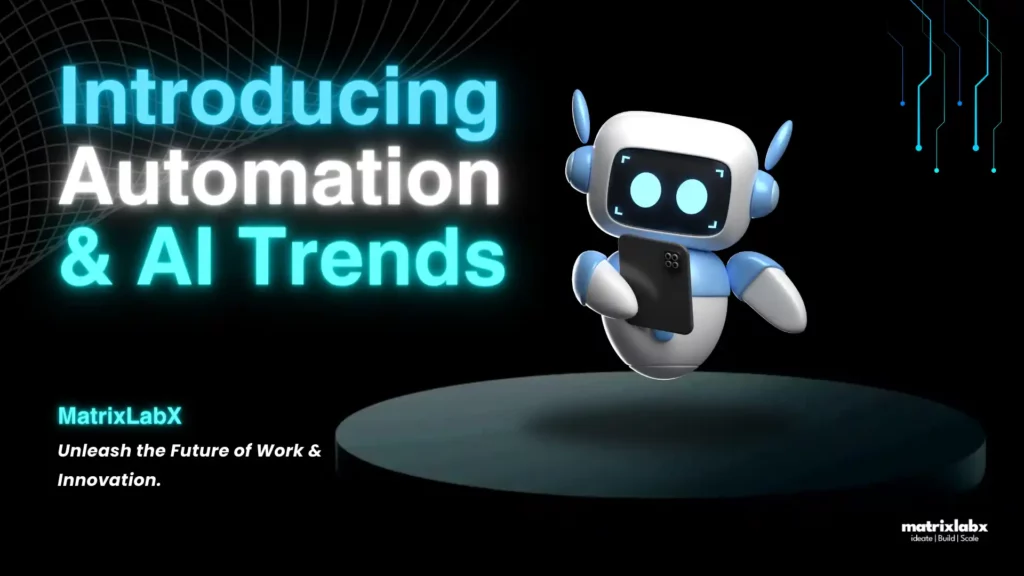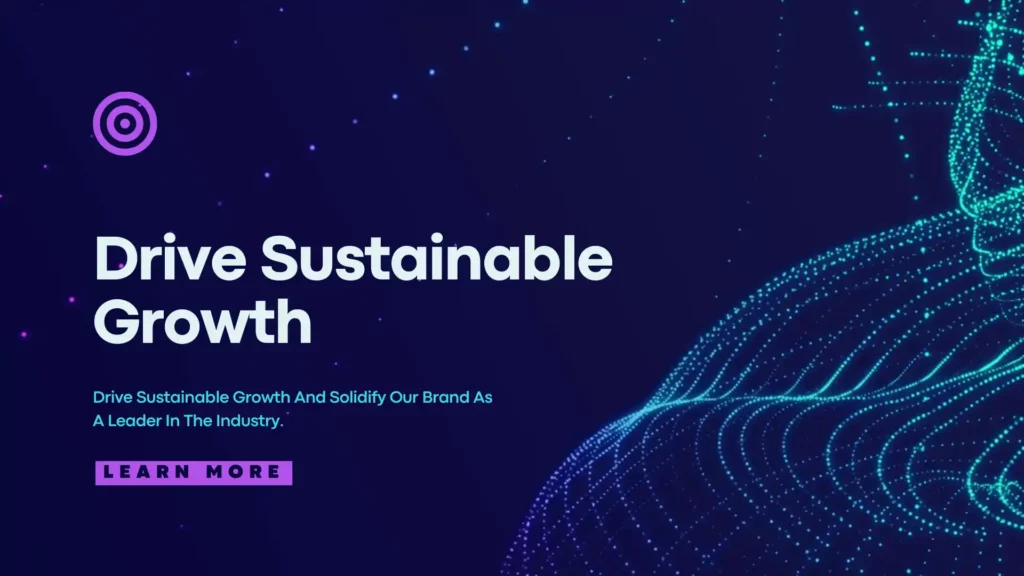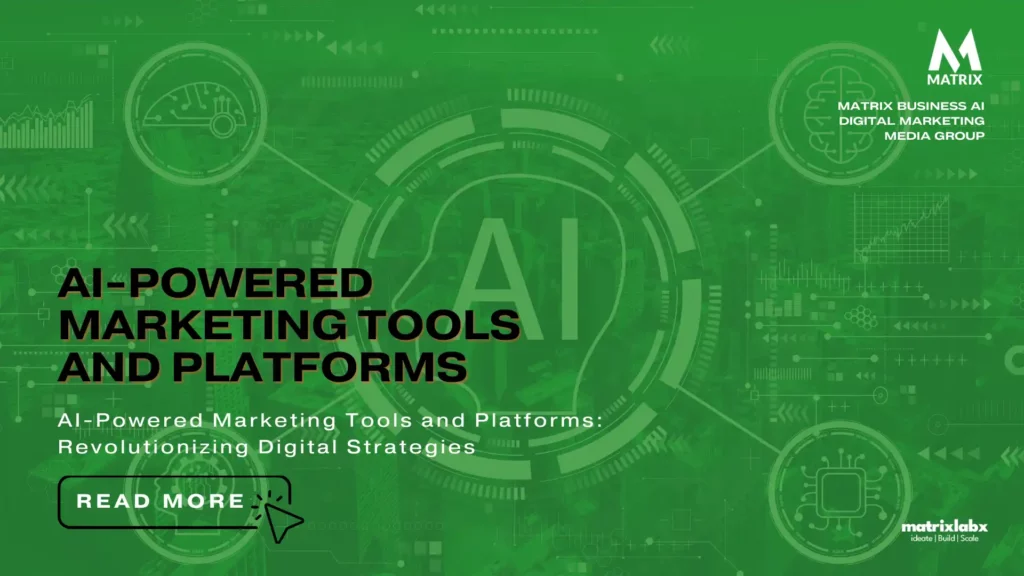Compare the ROI of popular marketing automation platforms
Compare the ROI of popular marketing automation platforms
Compare the ROI of popular marketing automation platforms.
Aspect: Understanding the Return on Investment (ROI) of Facebook Ads vs. Google Ads.
Cracking the Code: Why Understanding Facebook vs. Google Ads ROI is Marketing Magic
The Numbers Never Lie:
Data is your compass in the high-stakes marketing game. Knowing each campaign’s Return on Investment (ROI) is the difference between sailing smooth seas and crashing against budget reefs. And when it comes to Facebook Ads and Google Ads, two digital behemoths, understanding their distinct ROIs is vital to steering your ship toward success.
Facebook: Friend or Foe to Your Wallet?
Facebook Ads may lure with their laser-targeted audiences and viral appeal. But just because everyone’s scrolling their newsfeeds doesn’t guarantee gold in those clicks. ROI lies in brand awareness, building communities, and nurturing leads down the conversion funnel. While direct sales might not skyrocket overnight, the long-term loyalty and engagement fostered can be priceless.
Google Ads: Googlish Growth or Golden Goose?
Google Ads, the search engine king, presents a different ROI landscape. Users come here with intent, actively searching for what you offer. This translates to immediate conversions, direct sales, and potentially higher ROI. But beware, the competition is fierce, and bids can get pricey.
Embrace the Duality:
Facebook and Google Ads aren’t rivals. They’re partners in progress. By understanding their strengths and ROI potential, you can create a dynamic strategy that ignites brand awareness, nurtures leads, and drives conversions. So, don’t pick a favorite. Crack the code of their unique ROIs, and watch your marketing magic unfold.
For the uninitiated, Google Ads and Facebook Ads are two of the most widely used marketing automation platforms.
However, the comparison of their ROI is anything but simple. Let’s deconstruct it to reveal concealed layers, uncover correlations, and offer profound insights.
1. Layer 1 – Ad Reach:
With its extensive network, Google covers about 90% of the global internet users, whereas Facebook, comprising Instagram, Audience Network, and Messenger, can reach around 2.14 billion people. This implies Google provides a wider reach, but Facebook has a more profound reach on its platforms.
Supercharge Your Reach: Optimizing Your Ad Game
Forget stagnant ad performance. Let’s catapult your reach to new heights with a three-pronged strategy: target smarter, personalize deeper, and leverage the power of data.
Refine Your Targeting Radar:
Gone are the days of shotgun blasts. Dive deep into your audience demographics, interests, and online behavior. Imagine laser-targeting your ideal customers like a heat-seeking missile – zero wasted impressions, maximum impact. Use powerful tools like Facebook’s custom audiences or Google’s audience insights to build hyper-relevant segments that resonate like never before.
Craft Stories that Touch Hearts:
Your ads shouldn’t just be seen. They should be felt. Infuse each campaign with the soul of your brand, telling compelling stories that connect with your audience on an emotional level. Whether heartwarming visuals or witty copy, making people laugh, cry, or ponder emotions fuels engagement, and engaged audiences become loyal brand advocates.
Data Drives Decisions, Not Hunches:
Intuition is great, but in the digital age, data is king. Track every click, like, and conversion like a hawk. A/B tests every element, from headlines to visuals, learning from each iteration. Use tools like Google Analytics and social media platform insights to identify what works and what flops, then pivot like a seasoned surfer, riding the data waves to reach new shores of success.
Remember, ad optimization is a continuous journey, not a destination. By constantly refining your targeting, personalizing your message, and learning from data, you’ll watch your reach explode, propelling your brand to new heights of engagement and growth. So, unleash your inner marketing champion and get ready to dominate the digital landscape!
2. Layer 2 – Formats and Placements:
Google offers various ad formats, including search, display, shopping, video, and app ads. On the other hand, Facebook offers an enticing mix of the same, with unique Instagram stories or carousel ads. Thus, the potential to engage audiences varies, influencing the ROI directly.
Stage Your Brand: Mastering Google & Facebook Ad Formats & Placements

Imagine your brand as the star of a digital show. You need the right stage and costumes to grab the audience’s attention. In the world of online ads, “stage” means formats (the type of ad), and “costumes” are placements (where you display them). So, let’s break down the scene on Google and Facebook!
On Google’s Search Stage:
- Text Ads: The classics, appearing above or below search results. Highlight relevant keywords like “best-running shoes” and link to your product page. Example: “Tired of sluggish sneakers? Find your perfect fit with Acme Shoes – Free Shipping!”
- Shopping Ads: Showcase your products with images, prices, and merchant info directly in search results. Ideal for e-commerce. Example: “Acme Shoes: Lightweight running shoes, built for speed and comfort. Shop now!”
- Display Ads: Banners, images, or videos placed on partner websites related to your brand. Great for brand awareness. Example: “Acme Shoes – Run Like a Champion” alongside fitness articles.
Facebook’s Social Stage:
- Image Ads: Eye-catching visuals with concise text, perfect for grabbing newsfeed attention. Showcase your product or highlight a lifestyle associated with your brand. Example: A vibrant image of someone running effortlessly in Acme shoes with the tagline “Find your stride. Find Acme.”
- Video Ads: Short, engaging video clips that tell a story or showcase your product in action. Ideal for demonstrating features or connecting emotionally. Example: A video of inspiring runners to achieve their goals using Acme shoes, emphasizing “Run further, conquer anything.”
- Carousel Ads: Showcase multiple products or images in a swipeable format, great for highlighting variety or a product line. Example: “Acme Shoes: Explore our collection of lightweight, supportive running shoes – Find your perfect pair!”
The choice of format and placement depends on your goals, target audience, and budget. Experiment, track results, and find the stage that makes your brand shine!
3. Layer 3 – Targeting Capabilities:
While Google allows keyword-based targeting and retargeting, Facebook enables targeting based on users’ behaviors, interests, and more detailed demographics.
This disparity can impact the ROI radically as per specific business needs.
Targeting Powerhouses: Google and Facebook Ads Demystified
Reaching your ideal audience online is an art, and Google and Facebook are the digital galleries showcasing your brand. But with their powerful targeting capabilities, who plays the actor, and who’s the manager? Let’s break it down.
Google Ads: Master of Demographic Detail:
Imagine Google as a meticulous casting director, sifting through billions of online profiles to find your perfect audience match. You dictate the demographics – age, gender, income, location – and Google delivers like a pro.
Need tech-savvy millennials in urban areas? Done. Want to target parents with young children? Google’s got it. This detailed targeting is ideal for broad awareness campaigns or reaching specific customer segments.
Facebook Ads: King of Personalization:
Think of Facebook Ads as the charismatic stage manager, weaving intricate personal narratives to draw viewers in. Beyond demographics, Facebook taps into users’ interests, online behavior, and social connections. Love baking?
Show your ad to people who follow cake-decorating pages. Interested in sustainable fashion? Target those who’ve engaged with eco-friendly brands. This hyper-personalized approach lets you craft targeted messages that resonate deeply, driving engagement and conversions.
Examples Showcase the Power:
- Google Ads: A local bakery targets users within a 5-mile radius who search for “birthday cake recipes” within the next week.
- Facebook Ads: A fitness app that targets people who follow yoga influencers and recently shared posts about healthy living.
Both platforms offer unique strengths. Google Ads excels at broad reach and audience segmentation, while Facebook Ads shine in personalized messaging and social connections.
Use them individually or combine them strategically to create an unstoppable marketing powerhouse. So, grab your script, step onto the digital stage, and watch your brand thrive with the targeting talent of these online giants!
4. Layer 4 – Cost per click (CPC):
Typically, CPC is lower on Facebook than on Google due to less competitive bidding. Depending on the industry, the cost of attaining customers may be lower on Facebook, improving the ROI.
The Stage is Set: Comparing CPCs in Google and Facebook Ads
When it comes to online advertising, choosing the right platform is crucial. One key factor to consider is cost per click (CPC) – the amount you pay each time someone clicks your ad. So, which reigns supreme: Google or Facebook? Let’s break down the drama.
Headlining with Keywords: Google’s Precision Focus
Think of Google Ads as the meticulous understudy of your brand. It relies heavily on keywords, meaning your ad appears when someone searches for specific terms related to your product or service. This laser-targeted approach often leads to higher CPCs ($2-$5 per click) than Facebook. But here’s the twist: these clicks are from users actively seeking what you offer, translating to potentially higher conversion rates and better return on investment (ROI).
Engaging the Audience: Facebook’s Social Sprawl
Imagine Facebook Ads as the charismatic star commanding the social stage. It leverages user demographics, interests, and behaviors to deliver your ad to a broader audience.
This wider net often nets lower CPCs ($0.50-$2 per click), but the catch is clicks might come from users needing to search for your product, actively lowering potential conversions. Think of brand awareness and engagement as the main goals here.
The Final Curtain: Choosing the Perfect Platform
So, who wins the CPC showdown? It depends on your curtain call. If immediate sales and conversions are your applause, Google’s targeted approach might be worth the higher CPC. But if building brand awareness and engaging a wider audience is your spotlight, Facebook’s lower CPCs might steal the show.
It’s not a one-or-the-other game. Consider combining both platforms based on your campaign goals and budget. Experiment, analyze, and adjust your strategy like a seasoned director – and prepare to receive a standing ovation from your satisfied audience!
5. Layer 5 – Conversion and Sales:
Ultimately, ROI heavily hinges on conversion rates and sales.
While Google Ads may be more effective for intent-driven searches leading to immediate conversions, Facebook’s sophisticated targeting can cultivate relationships, leading to long-term customer loyalty and increased lifetime value (LTV).
The Ad Arena: Understanding Conversion and Sales in Google vs. Facebook Ads
Behind every successful online ad campaign lies a hidden battleground: actors like your target audience, ad managers, and platform algorithms clash in pursuing one goal: conversions and sales. But how do these elements differ in Google and Facebook ads? Let’s break it down:
Gladiator Google: Precision Targeting for Intent-Driven Sales
Imagine Google Ads as a gladiator arena, where laser-focused keywords are your weapons. Here, users actively search for specific products or services, making them prime targets for conversion.
Your ads appear based on these keywords, reaching individuals already in “buying mode.” For example, targeting “cheap running shoes” on Google could grab someone ready to purchase, leading to higher conversion rates and direct sales.
Social Savvy Facebook: Engagement-Fueled Funnels for Brand-Building Sales
Facebook Ads, on the other hand, resembles a bustling marketplace. Instead of direct intent, you captivate attention with engaging visuals and stories. The primary actors are your target audience’s interests and online behavior.
You build brand awareness and nurture leads through a longer conversion funnel by showing ads for “running enthusiasts” to people who follow sports pages. This might involve website visits, email signups, or eventual purchases, but the focus is brand recall and relationship building.
The Final Act: Optimizing for Different Goals
Both Google and Facebook offer powerful tools for maximizing your ad success. A/B tests your ad copy and landing pages on Google to refine keyword targeting and conversion rates. On Facebook, leverage audience insights to personalize your messaging and optimize for post engagement.
Ultimately, the “best” platform depends on your campaign goals. If immediate sales are your aim, Google’s gladiatorial arena awaits. But if you’re building long-term brand loyalty, Facebook’s social marketplace might be your perfect stage.
So, choose your weapons wisely, understand your audience’s motivations, and prepare for a thrilling battle for conversions and sales in online advertising!
Actionable Insights:
Optimal Ad Spend Allocation:
By understanding the layers affecting the ROI, businesses can appropriately allocate advertising budgets between Google and Facebook.
Conquering the Marketing Jungle: A Blueprint for Optimal Ad Spend Allocation
Feeling lost in the digital marketing wilderness? Optimizing ad spend can be a beast, but fear not, intrepid explorer! Today, we unveil a map to guide you toward optimal allocation, ensuring your resources roar effectively.
1. Chart the Terrain: Know Your Actors & Arena
Before setting off, identify your key players. Are you an individual actor navigating the online jungle or a manager overseeing a diverse cast of stars? Each persona demands a unique spending strategy. Actors might lean towards platform-specific ads like Instagram, while managers juggle budgets across platforms and talent.
Next, map your chosen battlefield. Different advertising channels – social media, search engines, display networks – require distinct approaches. Research each arena’s strengths and weaknesses, tailoring your allocation to match your audience and campaign goals.
2. Track the Trends: Data Drives Direction
Once you’ve identified your actors and arena, equip yourself with a trusty compass – data analytics. Tracking metrics like impressions, clicks, and conversions paints a vivid picture of your ads’ performance. Are certain platforms draining your budget with little return? Time to pivot!
Remember, optimal allocation is a dynamic dance. Analyze data regularly, identifying underperforming channels and reallocating resources to fertile ground. Think of it like nurturing a diverse rainforest – pruning unproductive vines to let high-impact campaigns flourish.
3. Target the Gems: Personalization is Power
Unleash the secret weapon of optimal ad spend – personalization. Gone are the days of one-size-fits-all campaigns. Leverage the power of data to tailor your ads to specific audience segments, delivering highly relevant messages that resonate. Imagine laser-targeting fans of a particular genre with a witty video showcasing your actor’s comedic chops. Personalized ads convert like jungle gold, maximizing your ROI and audience engagement.
By charting the terrain, tracking trends, and wielding the power of personalization, you’ll transform your ad spend from a scattered firestorm into a focused laser beam, illuminating the path to marketing success. Now, go forth and conquer the digital jungle, your actors roaring louder than ever before!
Stop Wasting Ads! Get Laser-Targeted Clicks (and Customers) with AI
Tired of ad duds? Get eyeballs on your brand with laser-focused online ads that convert. Click to unleash the power of targeted marketing!
Balanced Approach:
Instead of relying solely on one platform, using both can allow the benefits of extended reach and precise targeting.
Double Act, Double Impact: Master the Harmony of Facebook and Google Ads
As actors in the online game, we know the spotlight – but mastering two platforms like Facebook and Google Ads can feel like juggling live chainsaws. Fear not! Striking a balance doesn’t have to be a high-wire act. Let’s explore how to harmonize these powerhouses for maximum impact.
Know Your Roles: Picture Facebook as the vibrant theatre district, buzzing with attention-grabbing performances. Use captivating visuals and video ads to spark curiosity, showcase your personality, and draw eyes to your brand. Think of quick teasers, behind-the-scenes snippets, and engaging polls that invite interaction. Conversely, Google is the meticulous agent, matching you with audiences actively seeking specific needs. Here, keyword-rich text ads reign supreme, pinpointing your ideal viewers like a laser. Craft clear, concise messages highlighting benefits and solutions, guiding interested minds directly to your landing page.
Play to Their Strengths: Remember that iconic duo, Laurel and Hardy? Facebook excels at the slapstick, grabbing attention with humor and surprise. Google shines with the straight-man routine, offering logical answers to specific queries. So, leverage Facebook for brand awareness campaigns, like promoting upcoming shows or sharing backstage snippets. Run targeted ads around industry keywords for Google, highlighting your unique skills and experience. Imagine – Facebook hooks ’em, Google books ’em!
By understanding the distinct strengths of each platform, you can create a synergistic performance that reaches the right audience at the right time. So, channel your inner Chaplin and Sherlock Holmes, and watch your online presence take center stage!
ROI Tracking and Performace
Tracking and comparing the ROI can help tweak your strategy for maximum benefits. A simple glance at the dashboard will reveal only some – look deeper into click-through rates, conversion metrics, and acquisition costs.
This exploration is a testimony to the intricate interplay of factors deciding the ROI of marketing platforms. A deeper understanding will be critical in optimizing your marketing efforts’ investments and expected returns.
Cracking the ROI Code: From Facebook Likes to Greenbacks
Hey, actors, you’re not just starring in commercials anymore. You’re managing your digital stage. But how do you measure the applause if it’s all clicks and likes? Enter ROI tracking and your backstage pass to understand which Facebook and Google ads pay the bills.
Facebook Fanfare: From Thumbs Up to Show Up: Let’s say you launch a Facebook ad for your acting workshop. Every “like” feels like a pat on the back, but how many become paying students? Track that conversion! Tools like Facebook Pixel tell you how many viewers took the plunge, giving you a concrete ROI figure. Did that viral dance video cost a fortune but only convert a handful? Time to adjust your script!
Google Spotlight: From Search to Scene Stealing: Imagine landing an audition, but only thanks to your perfect Google ad timing. Google Ads analytics show how many searches for “acting coach” led to your ad and how many clicked on your website. Did your targeted keywords like “Broadway veteran” attract seasoned pros or confused theater newbies? Time to rewrite your Google resume!
Remember, actors: Tracking ROI is your curtain call, revealing which ad campaigns deserve an encore and which need a rewrite. It’s a data-driven performance review, helping you fine-tune your digital presence and turn online applause into real-world opportunities. So go forth, track your clicks, measure your likes, and conquer the digital stage with every click, a potential standing ovation!
